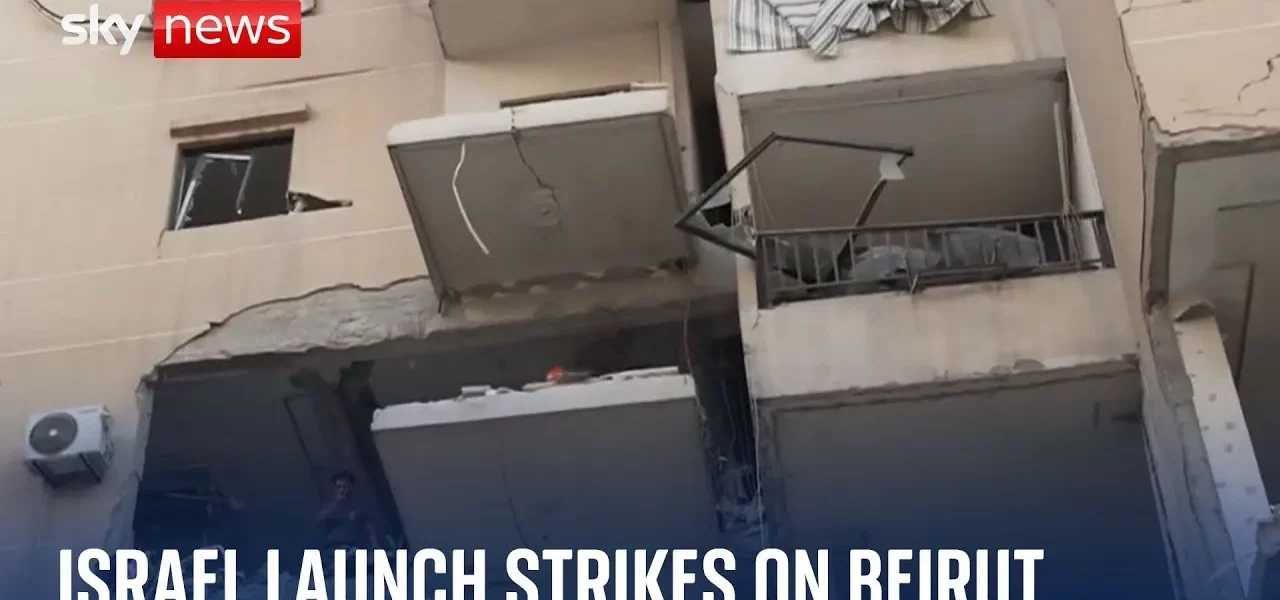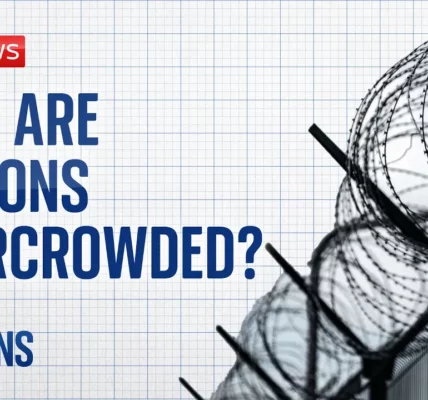Israeli Precision Strike in Dahia: A Detailed Report

This article provides an in-depth analysis of the recent Israeli precision strike in the Dahia neighborhood of Beirut, highlighting the implications of the event and its context within the ongoing military conflict involving Hezbollah.
Introduction
The Dahia neighborhood, located in the southern suburbs of Beirut, has once again found itself in the crosshairs of military conflict as a recent Israeli precision strike has resulted in significant destruction and loss of life. This incident is part of a larger pattern of targeted operations aimed at weakening Hezbollah’s military leadership. Understanding the implications of this strike requires a deeper look into the history of this area, the nature of the conflict, and the immediate aftermath of the attack.
The Recent Strike: Overview
On the day of the incident, reports flooded in regarding an Israeli attack on a building in Dahia, specifically targeting the fourth floor where significant damage occurred. Eyewitness accounts and local media reports have described a scene of devastation, with rubble and debris scattered across the area.
Details of the Attack
The precision-guided missile struck at approximately 4 PM local time, leading to extensive damage to the building and surrounding structures. Local sources have reported conflicting casualty figures, with estimates ranging from two to four fatalities and at least seven injuries. The presence of heavy machinery at the site indicates ongoing recovery efforts, as authorities search for potential victims among the rubble.
Response from Hezbollah and Local Media
Hezbollah’s security team was quick to respond, facilitating media access to the site and managing the chaotic scene. Reports from Israeli military radio suggest that this strike was part of an assassination attempt targeting a high-ranking Hezbollah commander.
The Context of Military Strikes in Dahia
This recent strike marks the fourth such incident in Dahia within a week, highlighting a concerning trend of increased military activity in the region. Understanding the broader context of these strikes is essential to grasp the ongoing tensions.
Frequency of Attacks
While not a daily occurrence, the frequency of these strikes has raised alarm among local residents and analysts alike. This recent uptick in military actions points to Israel’s strategic focus on dismantling Hezbollah’s military capabilities.
Historical Significance of Dahia
Dahia has a turbulent history, particularly during the 2006 conflict between Israel and Hezbollah, which resulted in extensive destruction across the area. The scars of previous wars remain fresh in the minds of the residents, creating a tense atmosphere as they navigate the realities of ongoing military conflicts.
The Aftermath of the Strike
As the dust settles from the latest attack, the immediate needs of the community become paramount. Recovery efforts are underway, but the emotional and psychological toll on residents is significant.
Response and Recovery Efforts
- Deployment of emergency services to the area
- Search and rescue operations by local authorities
- Support from Hezbollah in the aftermath
Public Sentiment and Reactions
The local population is understandably shaken by the recent violence. Many residents express a mix of fear and defiance, as they grapple with the reality of living in a conflict zone. Media coverage and international attention can sometimes exacerbate these feelings, as families seek safety and stability in an environment marked by uncertainty.
Conclusion
The precision strike in Dahia is not merely a military action; it is a reflection of the ongoing complexities of the conflict between Israel and Hezbollah. As recovery efforts continue, the community faces the dual challenge of dealing with immediate physical and emotional scars while navigating the broader implications of ongoing military engagements. For those seeking to understand the dynamics at play in this region, it is crucial to stay informed and engaged with the unfolding situation. We invite readers to explore our related articles for more insights into the geopolitical landscape of the Middle East and the implications of these military actions.
“`




